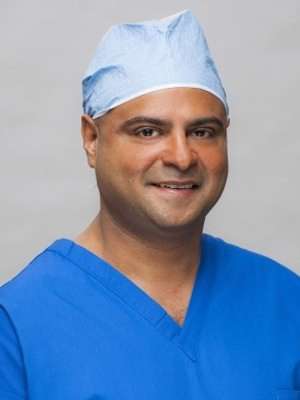The guidelines established by the New York State Workers Compensation Board are designed to assist healthcare professionals in the implementation of Therapeutic Procedures, particularly those of an operative nature. These directives aim to support physicians and healthcare practitioners in determining appropriate surgical interventions for various medical conditions.
Healthcare professionals focusing on Therapeutic Procedures, especially operative ones, can rely on the guidance provided by the Workers Compensation Board to make well-informed decisions about the most suitable course of action for their patients.
It is important to stress that these guidelines are not meant to replace clinical judgment or professional expertise. The ultimate decision regarding therapeutic procedures, including operative ones, should involve collaboration between the patient and their healthcare provider.
Therapeutic Procedures: Operative
Operative procedures should be determined by a positive alignment with clinical observations, the natural course of the disease, the patient’s clinical progression, and diagnostic test results. A thorough consideration of these elements should have led to a precise diagnosis, pinpointing the specific pathological condition(s).
It’s crucial for the healthcare provider to eliminate non-physiological contributors to pain or non-surgical conditions that might mimic radiculopathy or instability (such as peripheral compressive neuropathy, chronic soft tissue injuries, and psychological factors) before contemplating elective surgical intervention. Swift intervention might be necessary in cases of acute, debilitating pain or when there’s a progression of neurological deficits.
Patients unsuitable for or unwilling to undergo surgery should receive non-surgical treatment as deemed appropriate. If an initial recommendation leans towards non-surgical approaches, surgery may become a consideration if conservative management proves ineffective. The patient must consistently manifest the specified objective findings, subjective symptoms, and, where applicable, imaging results for surgical intervention to be considered.
The patient needs to consistently show the specified objective findings, subjective symptoms, and, when applicable, imaging results. Surgical treatment is recommended when the expected outcomes of surgically treated issues surpass those of non-surgically treated ones.
Before contemplating surgical intervention, all patients under consideration should undergo a comprehensive neuromusculoskeletal examination to identify mechanical pain sources that might respond to non-surgical approaches or could prove resistant to surgical intervention. In cases where re-surgery might be a possibility, seeking a second opinion is advisable.
When surgery is being considered for isolated axial pain, it’s highly recommended to undergo psychological evaluation to assess the likelihood of the patient benefiting from the treatment. Post-surgery, interdisciplinary interventions should be seriously considered for patients not showing expected functional progress within specified time frames. Specific return-to-work activity restrictions should be in place. For most cervical non-fusion surgical patients, a limited return to duty is feasible between 3 to 6 weeks. Full activity typically resumes between 6 weeks to 6 months, depending on the procedure and the individual’s healing process.




